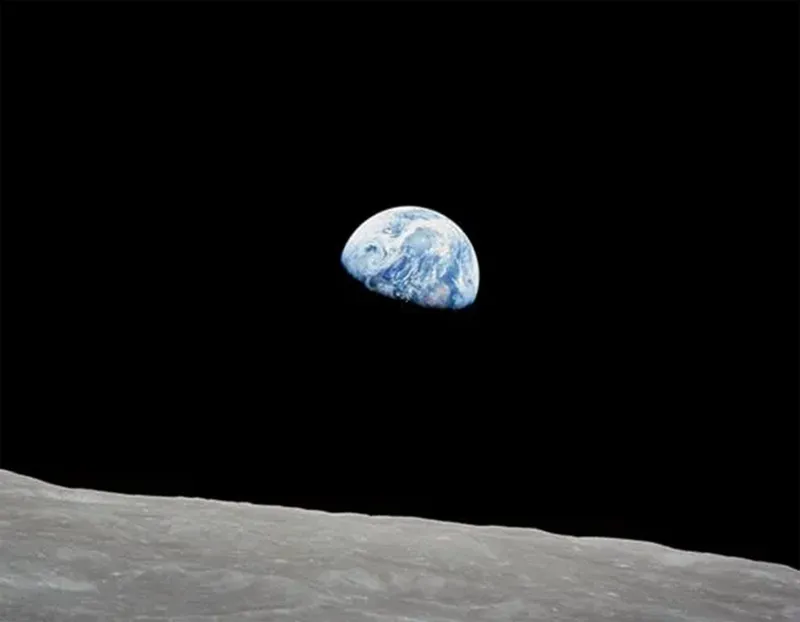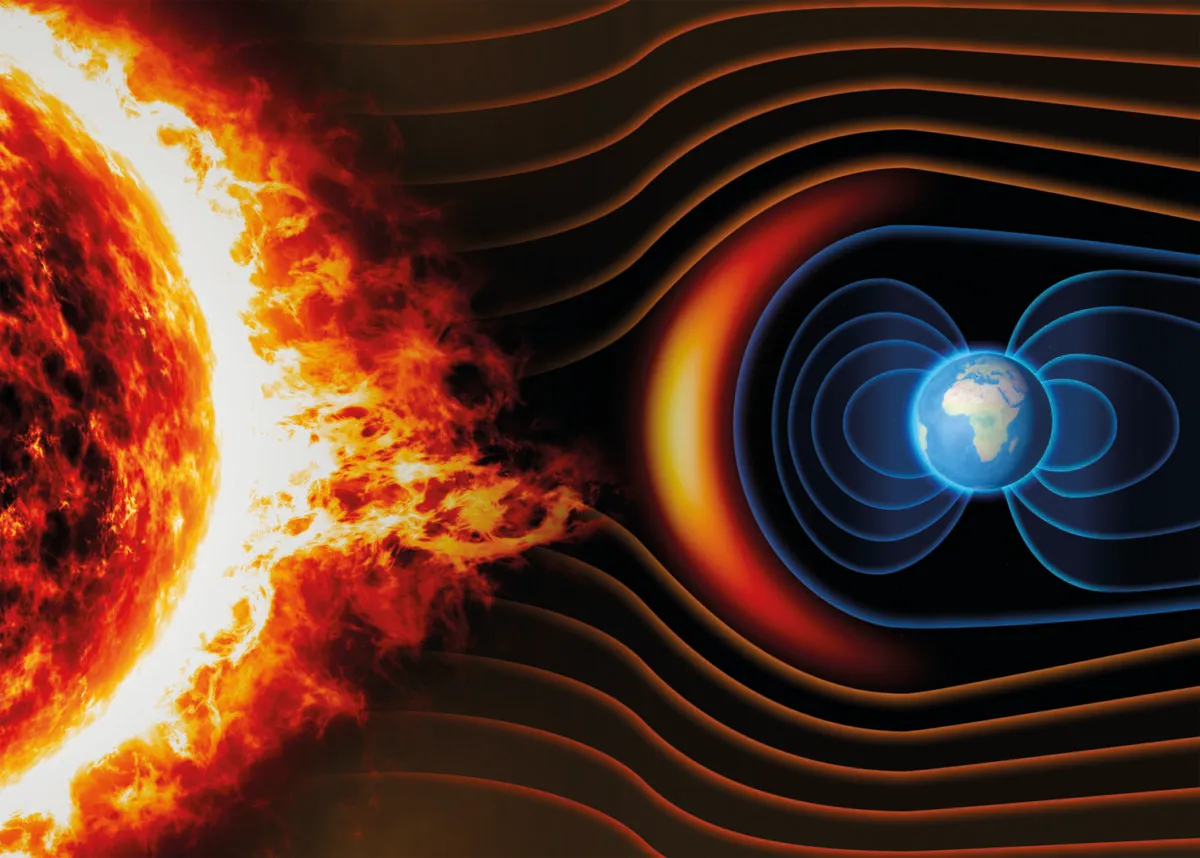The Van Allen radiation belts are two regions of space that nearly surround the Earth, and that are rich in energetic charged particles – primarily electrons and protons.
Such radiation formations are known to exist around other planets as well, but the term ‘Van Allen radiaton belts’ only applies to those found around Earth.
You'll often hear spaceflight nay-sayers suggest that venturing beyond Earth is impossible because of the barrier formed by the Van Allen Belts, but this has been disproven.
The Apollo 8 mission became the first crewed spaceship to fly through them and beyond in 1968, when astronauts Jim Lovell, William Anders and Frank Borman orbited the Moon and safely returned to Earth.
First, let's look at what causes them

How they form
The particles of the Van Allen Belts themselves have mostly come from a stream of charged particles emanating from the Sun known as the solar wind, with some also contributed by cosmic rays.
In either case, the particles become trapped when the solar wind or cosmic ray enters the inner region of Earth’s magnetic field.
While the existence of belts of this charged material encircling Earth had been posited by theorists earlier, the existence of the Van Allen belts themselves wasn’t confirmed until the late 1950s, with Russia’s Sputnik 2 satellite and the USA’s Explorer 1 and Explorer 2 providing the necessary data.
US scientist James Van Allen’s work interpreting that data led to the belts being named after him.

How big are the Van Allen Belts?
The inner belt extends from 1,000km to 12,000km above the Earth’s surface everywhere except at the poles, and is made up of protons and electrons.
The outer belt extends from 13,000km to 60,000km above the surface, and consists mostly of electrons.
Do they make crewed spaceflight impossible?
The high levels of radiation associated with very energetic particles mean the Van Allen belts pose a potential hazard to spacecraft and their crews.
This is one of the most common Apollo conspiracy theories that claim the moonlandings never happened.
Crewed mission launch trajectories, such as those of the Apollo missions, are designed to ensure the craft passes through these regions as quickly as possible.
In the case of the Apollo missions, trajectories were set to avoid the most hazardous regions and the astronauts sped to the Moon under the protection of their spacecraft's skin.

Potential radiation hazards were taken into consideration and missions were planned for when there were no major solar weather events.
Even James Van Allan himself dismissed the idea that the belts would prevent crewed spaceflight.
Schemes have been mooted for ‘draining’ the belts of their charged particles, in order to reduce the danger they present to spacecraft and open up new satellite orbits.
Proposed methodologies have included installing a device called the High-Voltage Orbiting Long Tether (HiVOLT), and blasting the region with very low frequency (VLF) radio waves from Earth.
We do not know, however, what wider effects ‘removing’ the belts in this way might have.
